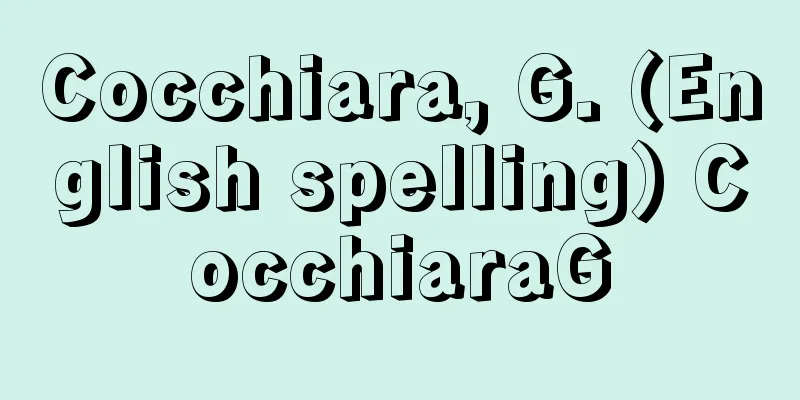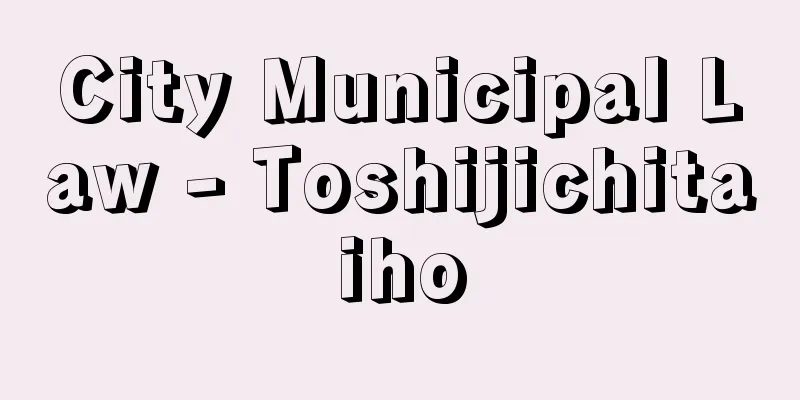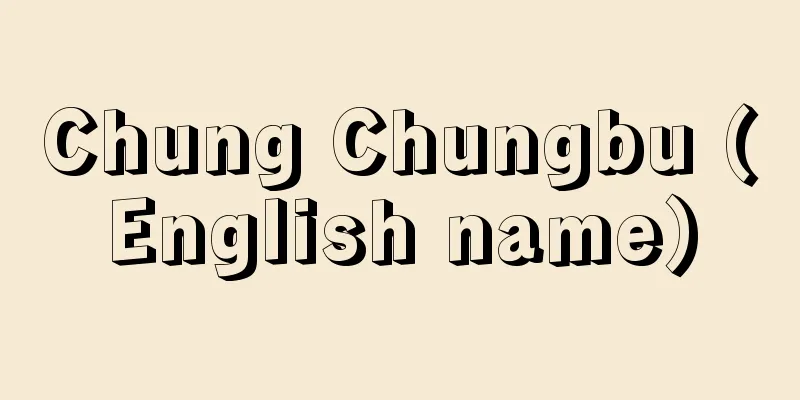Crane and Turtle - Tsurukame

|
A program of Nohgaku, Jiuta, Koto, Nagauta, and Tokiwazu. (1) Nohgaku Also known as "Gekkuden" (Moon Palace). Author unknown. Waki Noh. The story is about a Chinese palace where the first seasonal festival is held, the emperor is congratulated by all the officials and ministers at the Furomon Gate and worshiped by the people, and according to custom, the crane and the turtle dance. After that, the emperor himself dances while a dance of Bugaku is performed, and then he returns to Choseiden. In this short story, as many auspicious lines as possible are arranged. The roles are shite = emperor, waki = minister, wakitsure = vassal, and tsure = crane and turtle. (2) Jiuta Koto Music A short piece with only the passage from the Nohgaku play "Niwa no Igo" set to music. In Kyoto, it is said to have been composed by the second Matsuzaki Kengyo, and the koto is played in Hira-cho and the shamisen in Ni-agari, but in Osaka, the shamisen is played in San-shitari, and there is also another koto piece in Kumo-i-cho composed by Takeuchi Joketsu. There is also one based on almost the entire text of a Noh piece composed by Tateyama Noboru. In the Yamada school, it is a piece that only includes the passage "Tsuru wa Chiyo," and is an introductory piece for beginners. The koto is played in Hira-cho. The shamisen is played in San-shitari. (3) Nagauta A piece that has been adapted from the lines of the Noh play "Tsurukame" almost exactly as they are and made into Nagauta. Composed by the 10th Kineya Rokuzaemon in 1851. A solemn and elegant piece that changes key from Hon-cho to Ni-agari to Hon-cho. (4) Tokiwazu-bushi Original title: Zareishiiwao no Tsurukame (The Tsurukame of the Small Rocks). Published in 1861. The lyrics were written by Segawa Jyoko III, and the music was composed by Kishizawa Koshikibu IV. This song celebrated the prosperity of the Kishizawa school after the split with the Tokiwazu school, and it is a song that boldly softens the lyrics of Noh and focuses on oral seduction. Source: Encyclopaedia Britannica Concise Encyclopedia About Encyclopaedia Britannica Concise Encyclopedia Information |
|
能楽,地歌,箏,長唄,常磐津の曲目。 (1) 能楽 別称『月宮殿』。作者未詳。脇能物。中国の宮殿で四季の節会の事始めが催され,皇帝が不老門で百官卿相の拝賀と万民からの礼拝を受け,嘉例によって鶴と亀を舞わせ,その後,皇帝も舞楽を奏せしめてみずから舞い,長生殿に還御するという内容で,短編のなかにできるだけめでたい文句を並べている。役別はシテ=皇帝,ワキ=大臣,ワキツレ=従臣,ツレ=鶴と亀。 (2) 地歌箏曲 能楽の「庭のいご」のくだりだけを節付けした短い曲。京都では2世松崎検校の作曲とされ,箏は平調子,三味線は二上りであるが,大阪では三味線を三下りともし,また,別に武内城継作曲の雲井調子の箏の手もある。ほかに,楯山登作曲の能のほぼ全文によるものもある。山田流では「鶴は千代」のくだりだけの曲で,初心者に対する手ほどき曲。箏は平調子。三味線は三下りの曲。 (3) 長唄 能楽『鶴亀』の文句をほとんどそのまま取って長唄化した曲。嘉永4 (1851) 年,10世杵屋六左衛門作曲。本調子,二上り,本調子と転調する荘重典雅な曲。 (4) 常磐津節 本名題『細石巌鶴亀 (ざれいしいわおのつるかめ) 』。文久1 (1861) 年開曲。3世瀬川如皐作詞,4世岸沢古式部作曲。常磐津派との分裂後,岸沢派の繁栄を祝った曲で,能楽の詞章を思い切ってやわらげて,口説を中心とした曲。
出典 ブリタニカ国際大百科事典 小項目事典ブリタニカ国際大百科事典 小項目事典について 情報 |
Recommend
Karakasagayatsuri - Karakasagayatsuri
…Because most of Egypt is desert and trees are sc...
Wind-sounding keyboard instrument
… [kinds] Keyboard instruments can be broadly div...
Requiem - requiem (English spelling) Latin
In Christianity, this is a mass song sung in the ...
Thanjavur (English spelling)
An ancient city in central-eastern Tamil Nadu, sou...
Agriotes fuscicollis (English name)
An insect of the family Elateridae in the order Co...
Neptune whelk
This snail belongs to the family Bucconidae of th...
Entremétier (English spelling)
…The saucier is responsible for all meat dishes a...
Cinchona officinalis (English spelling)
…[Mr. Makoto Fukuoka] [Mr. Aya Nitta]. … *Some of...
Aquilegia buergeriana (English spelling) Aquilegiabuergeriana
…[Munemin Yanagi] [Michio Tamura]. … *Some of the...
Place crack - Place crack
Hydrogen embrittlement is a process that occurs w...
Notes on the primitive system of vowels in Indo-European languages
...In addition, since 1955, the unpublished manus...
Auto tricycle - Auto Sanrinsha
Also known as a three-wheeled vehicle. A vehicle s...
Pit organ
...Similar structures are also found in the audit...
Yorozu Choho - Yorozu Choho
A daily newspaper in Tokyo from the Meiji to Showa...
The Poor of Lombardy - Poveri Lombardi
The Italian Waldenses separated from and were dist...









